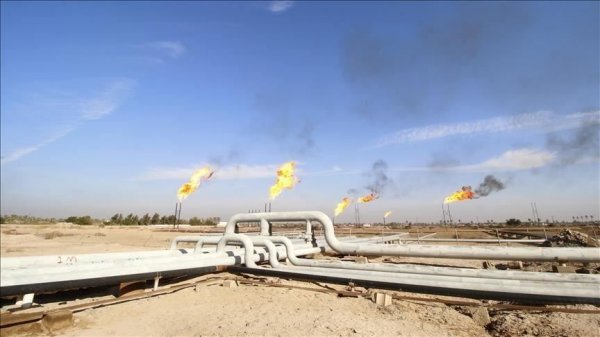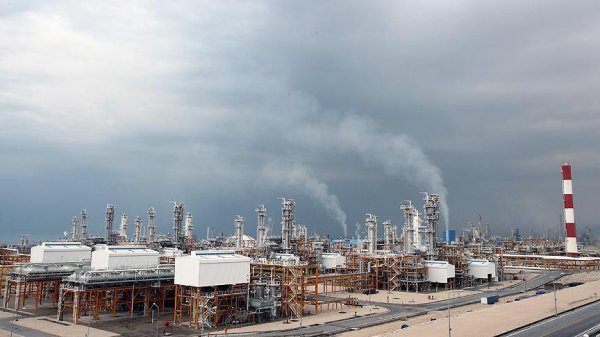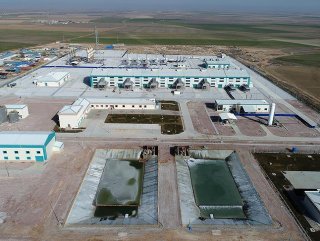Global natural gas consumption increased by 170 billion cubic meters, or 4.6 percent, to 3.9 trillion cubic meters in 2018 compared to the previous year, according to calculations from the latest report of the International Energy Agency (IEA) on Tuesday.
THE TRANSITION FROM COAL TO GAS
The report showed that greater demand in the US and China was the main driver for this rise. The switch from coal to gas accounted for over one-fifth of the rise in gas demand, which was led by the US followed by China. The US and China together accounted for 70 percent of the global growth, which was driven by the strong global economy and by substitution from coal. The switch from coal to gas was responsible for nearly 40 billion cubic meters of the increase in gas, more than one-fifth of the total extra demand.
The US was the single largest driver of higher demand, with a gain of 80 billion cubic meters, up 10.5 percent from the previous year its highest increase since the early 1950s. This higher consumption, the equivalent of the UK’s annual consumption, absorbed the majority of the growth in domestic gas production, which also hit record levels in 2018.

The report showed that gas demand in China increased by almost 18 percent, or by 42 billion cubic meters, the fastest growth rate since the introduction of its 13th Five-Year Plan (2016-2020) and its more ambitious promotion of the use of natural gas relative to previous plans.

Gas now accounts for 8 percent of primary demand in China, double its share at the start of the decade. On the contrary to China and the US, 2018 saw lower gas usage for power generation, especially in some of the largest consuming countries, namely Germany, Italy, Spain, Turkey and the UK.
“Despite lower demand, the combination of declining domestic production and urge to replenish storage after massive withdrawal over the first months contributed to a record of over 200 billion cubic meters of imports from Russia,” the report stated.













